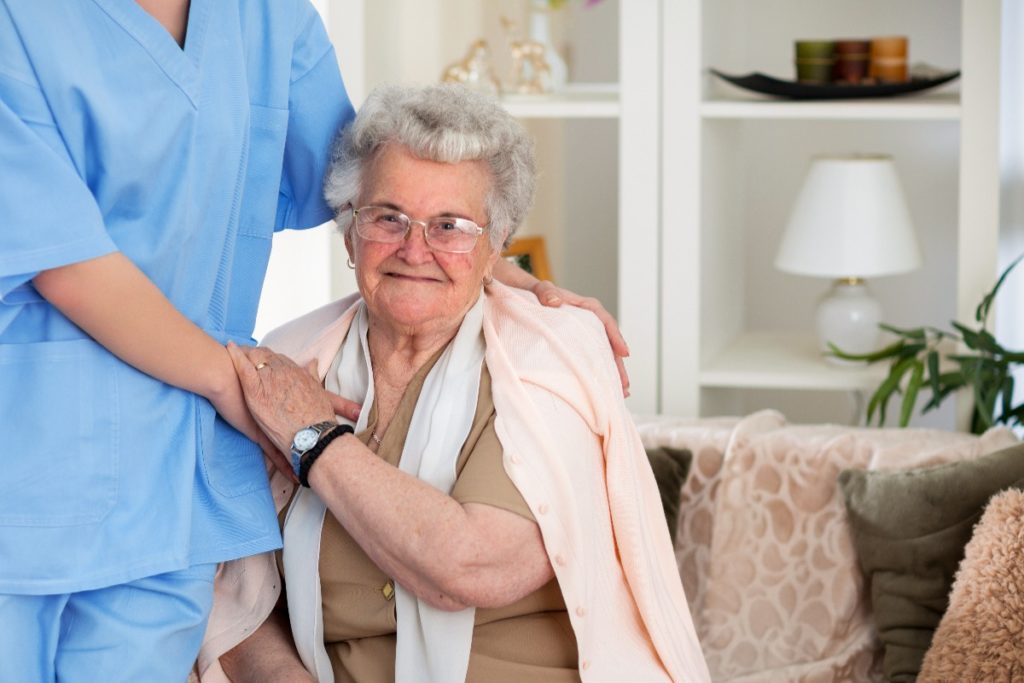Aging in place has become more popular in recent years. It means staying in your own home as you age. According to AARP, 90% of adults over the age of 65 want to remain in their own homes as long as they can.
There are many reasons for the preference to age in place, such as independence and comfort. It’s better to age in a familiar setting and around the people you love, rather than moving to a senior home and live with strangers.
But not all homes are “age-proof” and can properly accommodate aging individuals. If you want your home to be in a state that is conducive to aging in place, here are some changes you might need to do:
Widen Your Moving Space
As you age, some of the furniture and other things you’ve accumulated will need to go. This way, you’ll eliminate obstacles that may hinder your movement.
You can remove some shelves or mini tables around your living space that are no longer necessary. If you have a sliding door between your kitchen and living room, you may want to remove the door. This will not just make your home seem more spacious. But you’ll also minimize the physical work needed to get from one place to another.
Change Your Flooring
Falls are common among seniors. Most fall risk factors are mostly associated with one’s age. For example, when a person grows older, they start to lose some of their mobility and balance, which makes them more susceptible to falls. But one thing that might make you at risk of falling as you age is your floor.
If you have a carpeted home and have not updated it for many years, the carpet may have curled areas where you might trip. Also, when carpets get dirty, they tend to get slippery. If that’s the case, it’s time for an update. You can contact your local flooring contractors to find out what would best fit your needs. But some that are recommended for seniors are vinyl tiles and cork tiles. They are durable, less slippery than carpets, and easier to clean.

Move Downstairs
Going up and down the stairs can get more difficult as the years pass by. If you live in a home with more than one story and currently stay upstairs, you’ll have to move downstairs when you grow older. This way, moving around the house will be much easier. Staying downstairs also significantly reduces the risk of falling.
It will also be ideal if you move to a bedroom that already has a connected bathroom. It will be very convenient since you won’t need to step out of your room whenever you need to go to the bathroom, especially during the night.
Upgrade the Bathroom
As mentioned earlier, seniors are at a higher risk of falling. And the one place where falling has a higher chance of occurring is the bathroom. In 2008, 234,094 nonfatal bathroom injuries were treated. As such, when you senior-proof your home, you will need to pay more attention to your bathroom.
First, install grab bars. If your toilet is right next to a wall, install a handrail on it. If the toilet is far from a wall, you’ll have to install a handrail right next to it. You can also use a toilet frame instead. Also, don’t forget to put nonslip rugs in several areas of your bathroom. For example, you can put them under the toilet, right next to the shower to the bathtub, and in front of the faucet.
Leverage Technology
Many forms of technology available now will help you age-proof your home.
A nice upgrade to invest in as a set of motion-activated lights. Consider putting one right outside your door. These lights will prove helpful when you come from during the night. You can also put these lights in areas inside your home that you frequent the most.
If you want an entire overhaul of your home, you can also invest in smart tech. Get a home virtual assistant and smart appliances. And then connect them all together. This way, you can turn on your lights, TV, and other appliances just by using your voice or through a few clicks on your smartphone. Smart technology provides convenience, which is key to aging in place.
Age-proofing your home will help you age in place with comfort and style. Some of these changes may be costly. But think of them as an investment in yourself so that you can live comfortably as you grow older.




